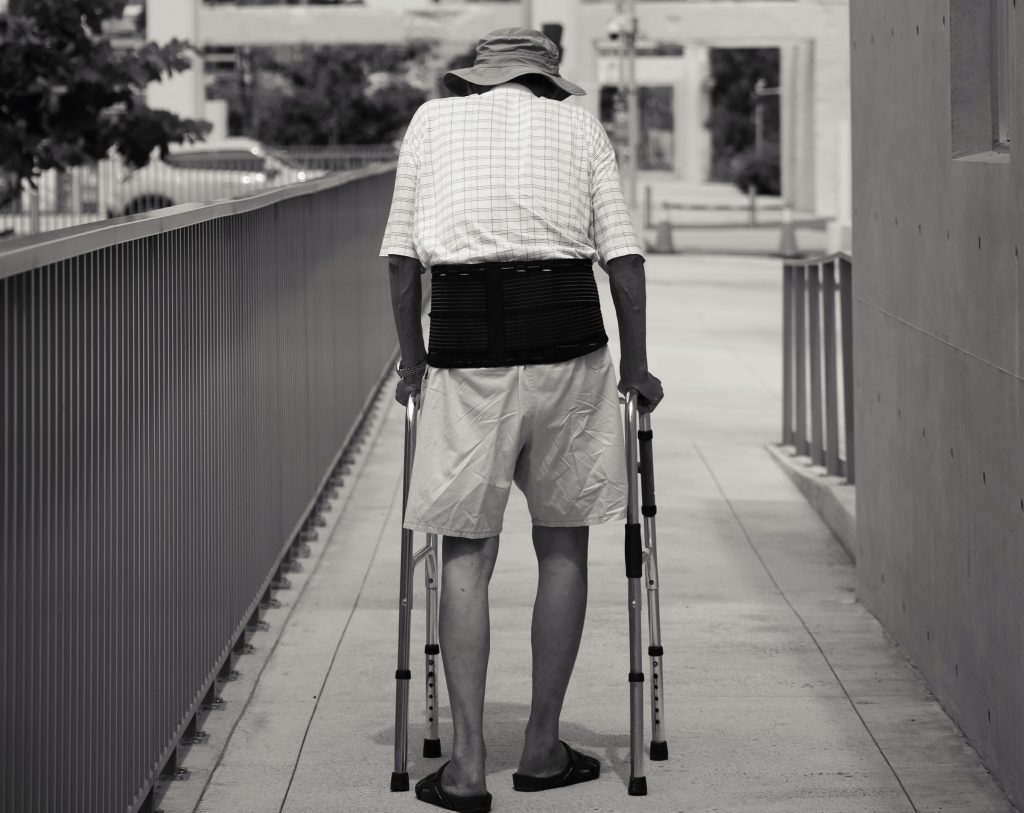AI-enabled data-driven tools are proving particularly beneficial for older adults and their caretakers, offering critical insights before a potential accident occurs.
It is every family’s nightmare to receive a call from the elderly care home that your Mom or Dad has had a fall. Are they hurt? Is it serious? Do they need to be taken to the emergency room?
According to the Centers for Disease Control and Prevention, one out of every four Americans aged 65 and above falls every year. These elderly falls comprise 2.8 million injuries, accounting for an ER visit every 11 seconds. Moreover, accumulating to over 27,000 deaths per annum, falls are the leading cause of fatal injuries for the elderly population.
It goes without saying that no family wants to envision such a scenario, not even a minor one. And since older adults generally face a slow and tough recovery, they might prefer avoiding social engagements and exercise routines due to fear of falling again. Just imagine if you or your dear ones could enjoy the privilege of an advance notice in such a situation.
Moreover, falls come at a substantial cost. Amounting to $50 billion in 2015, with Medicare and Medicaid taking care of 75% of the expense, it is forecasted to reach $67.7 billion by 2020 end .
This is precisely why healthcare professionals are encouraging the formation of a growing pool of applications that leverage data and Artificial Intelligence (AI) to better predict a person’s risk of falling. Interestingly, in 2017 alone, the fall prevention and detection accounted for around 40 percent of the $4.5 billion global smart home healthcare market, signaling strong future prospects.
AI Technology – Practical Manifestations
Calculating the likelihood of a fall calls for detailed and profuse data, and AI is playing a lead role in assisting such calculations. Two universities in North Carolina have conducted a thorough research on the use of cameras and Virtual Reality (VR) systems on monitoring medical concerns of elderly patients. The researchers used these technologies to record 30 different body markers on elderly patients as they walked on a treadmill. Over the course of the experiment, visual cues
were introduced that suggested the effect of falling or swaying to monitor their responses. This allowed the researches to identify any undiagnosed balance impairments in the participants.
Similarly, in El Camino Hospital, California, predictive analytics have been put to great use and have witnessed a significant decline in hospital fall rate by as much as 39 percent in six months period . The hospital collaborated with an analytics company to examine EMR Software data of high-risk patients and real-time information such as their medication intake and vitals.
Another successful implementation of data-driven tools to manage senior falls has been witnessed at Tiger Place. Tiger Place is a retirement resident in Missouri, which has deployed Microsoft Kinect sensors around the facility to log the residents’ baseline walking speed and stride length. The sensors alert the staff for any significant decrease in these variables, signaling higher risk of falling.
A spinoff from UC Berkley’s AI Research Lab, SafelyYou is an AI-enabled technology start-up that deploys wall-mounted cameras to evaluate residents’ falls in long-term care facilities. Evidence suggests that after the implementation of the technology, falls have decreased by 40 percent while ER visits have reduced by 70 percent.
AI Helps Seniors Avoid Falls at Home
Preventing falls is a crucial element in maintaining the health and wellbeing of older adults, whether at the long-term care facilities or at home. The growth potential for innovative wearables is already booming in home settings, according to CDW White Paper. The paper contends that voice-activated lighting, amongst other important functions, is a major contributor towards establishing a safe living environment for the older adults.
A pilot program run in the U.K. also marks a success story in home settings. Elderly adults, under this program, were given wearable devices to detect early indications of frailty. These included all those factors too that are not always visible such as low grip strength, hydration levels and muscle mass. These devices deployed Microsoft machine learning tools to raise warning flags about one month prior to a potential incident.
A more complex approach entails developing AI systems that use a combination of cameras, sensors and other analytical tools to capture an individual’s movements and other potential warning signs. Such tools are being developed and implemented by start-ups like SafelyYou and Cherry Home, to help watch your loved ones’ safety.
However, widescale practical implementation of such concepts will take time. They are a mark of progress nevertheless. Max Goncharov, Co-founder and CEO Cherry Homes suggests, “Senior care is arguably one of the most important areas for technological improvement”, and there is no practical reason to disagree with this notion. From the perspective of the healthcare organizations, such AI-enabled technologies offer lucrative cost-saving opportunities essentially through the reduction of senior falls and improving the lives and health outcomes of older adults.
A worthy investment!
Article by Claude Ashley

